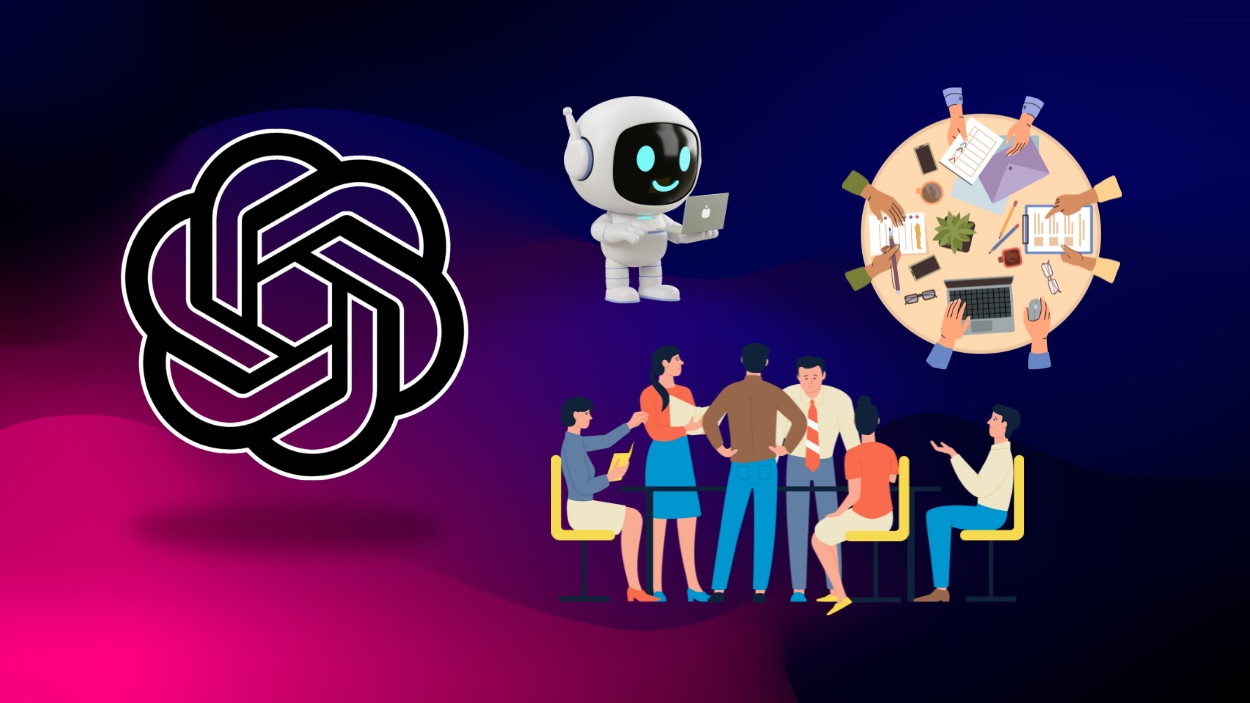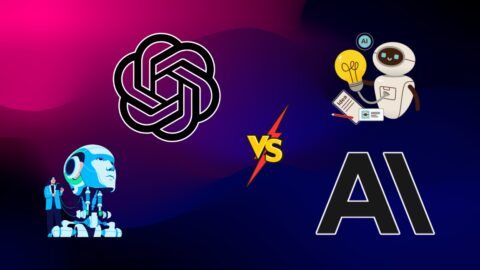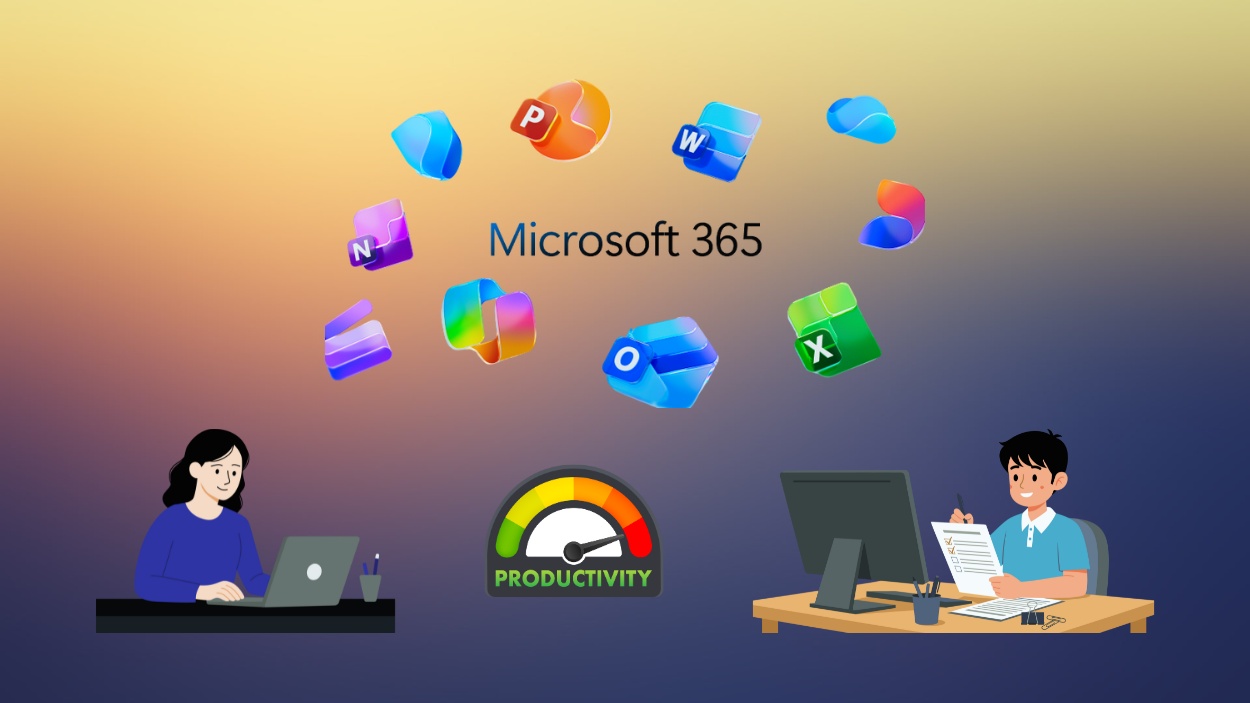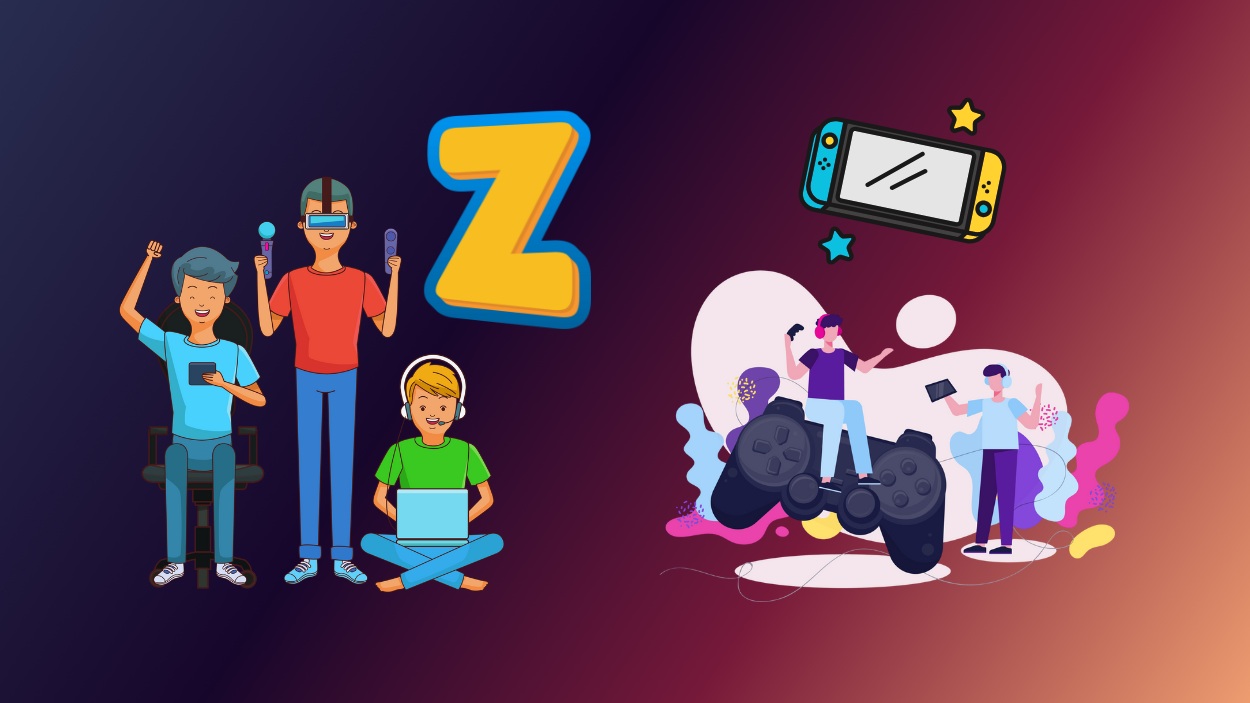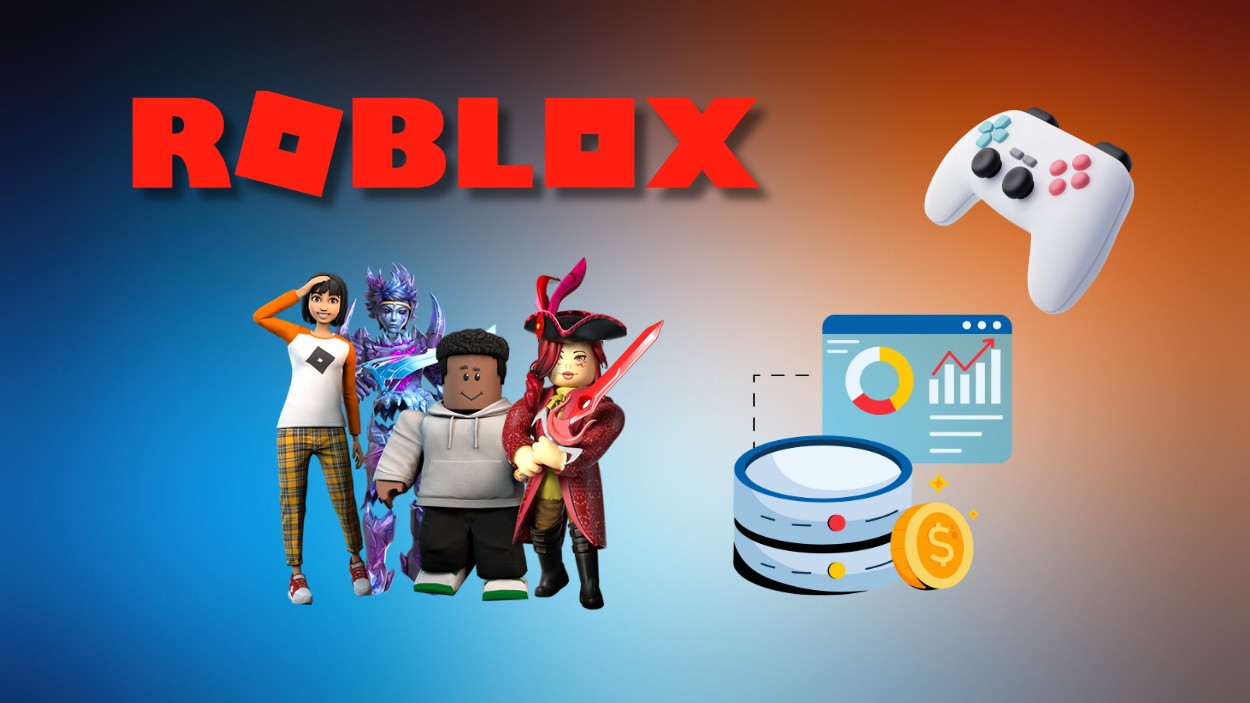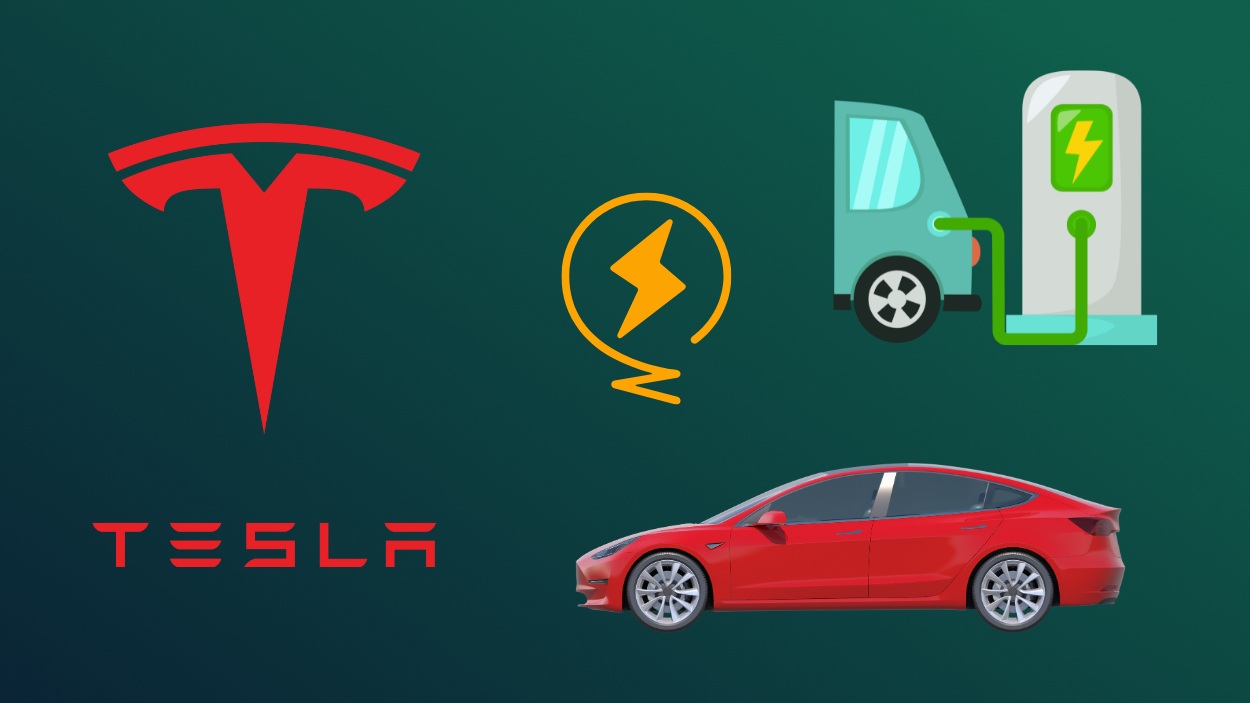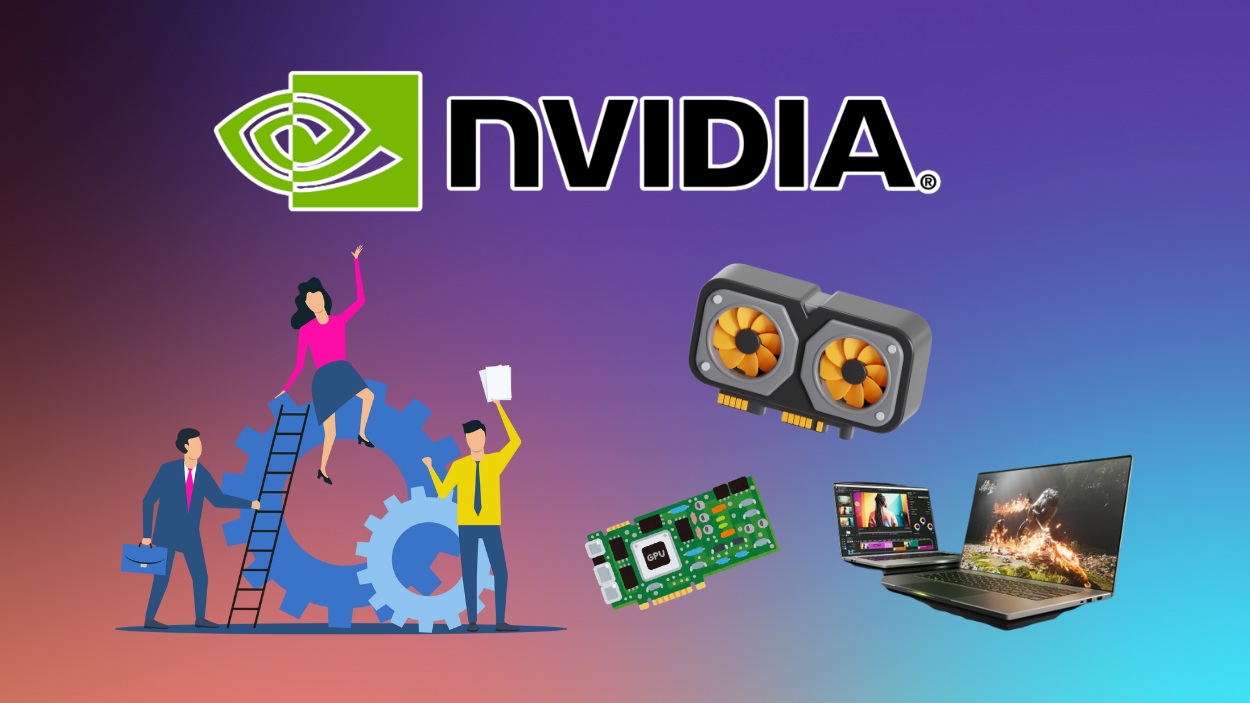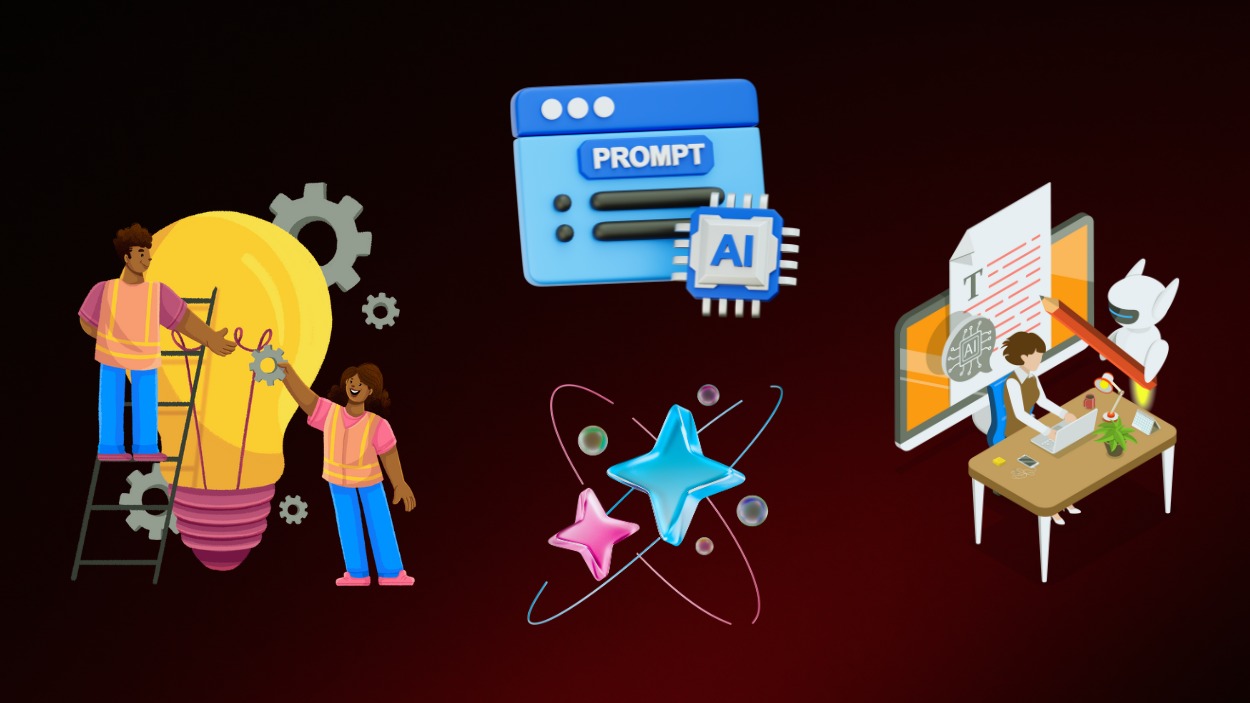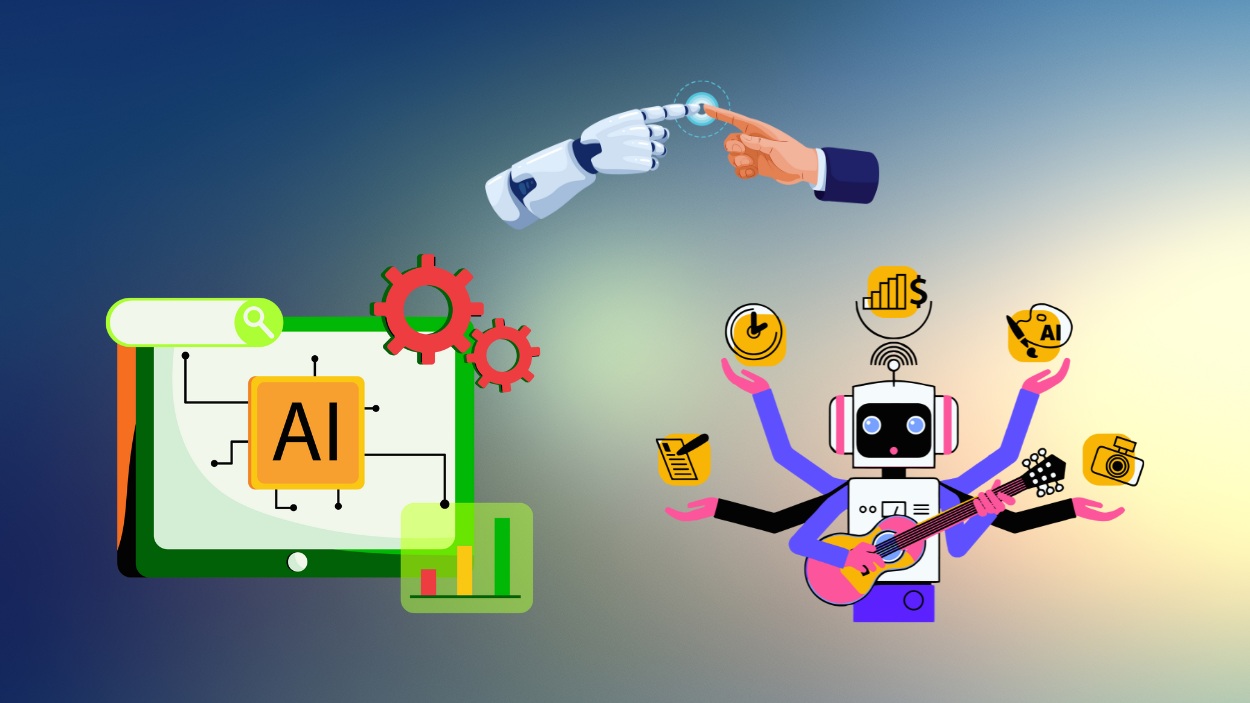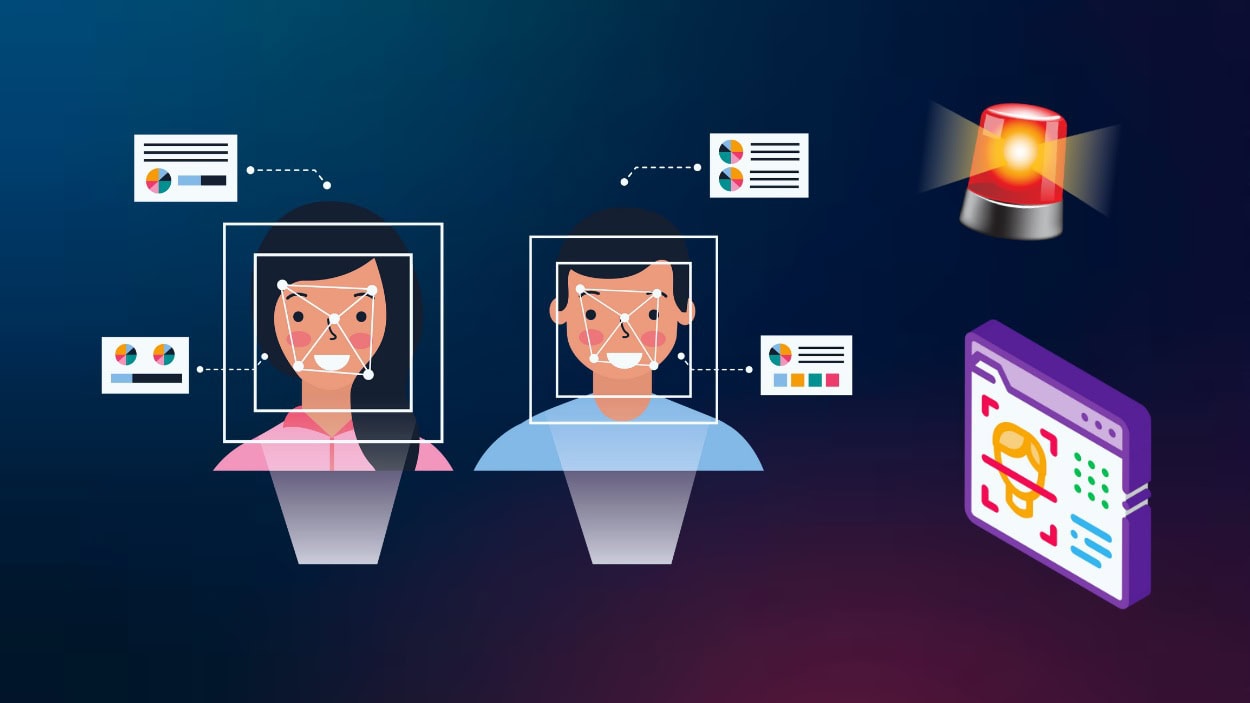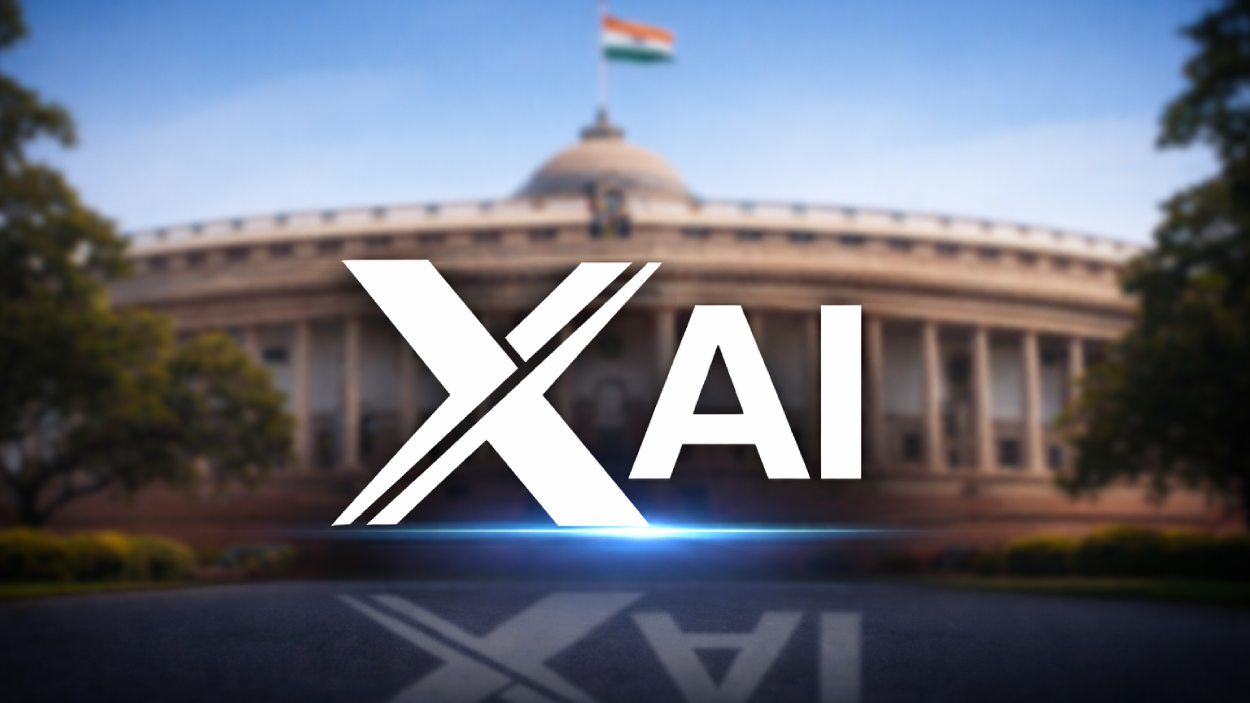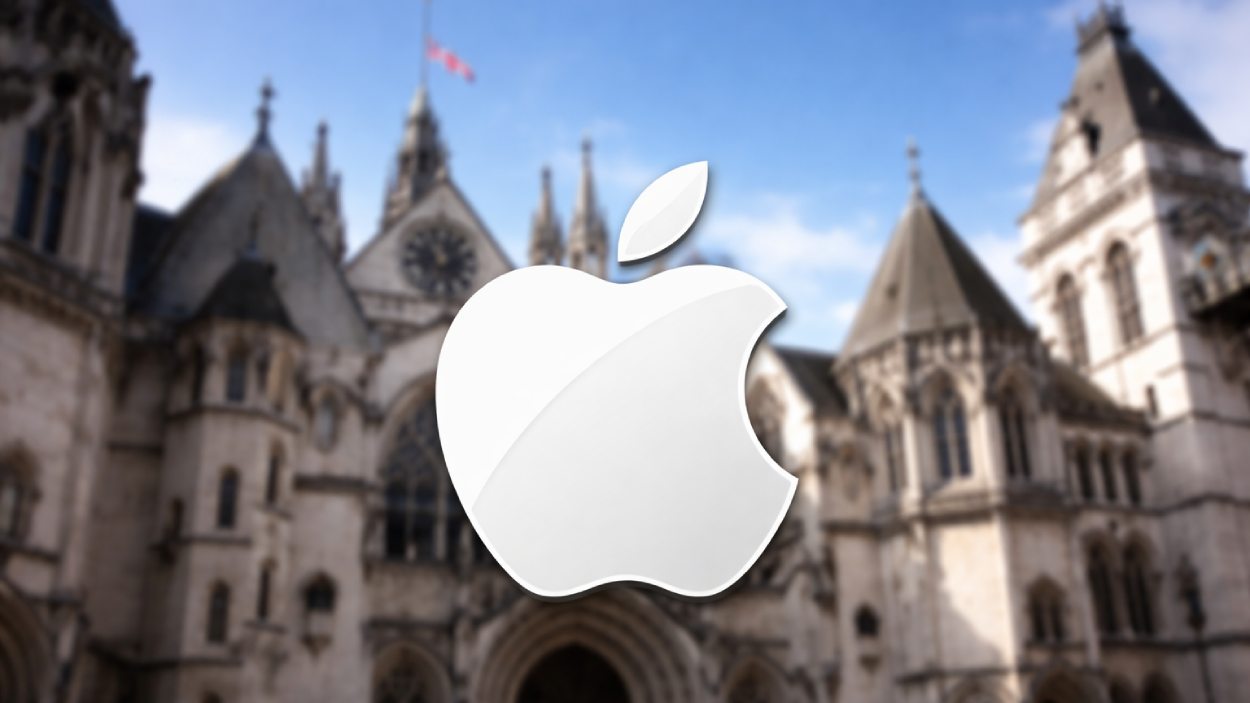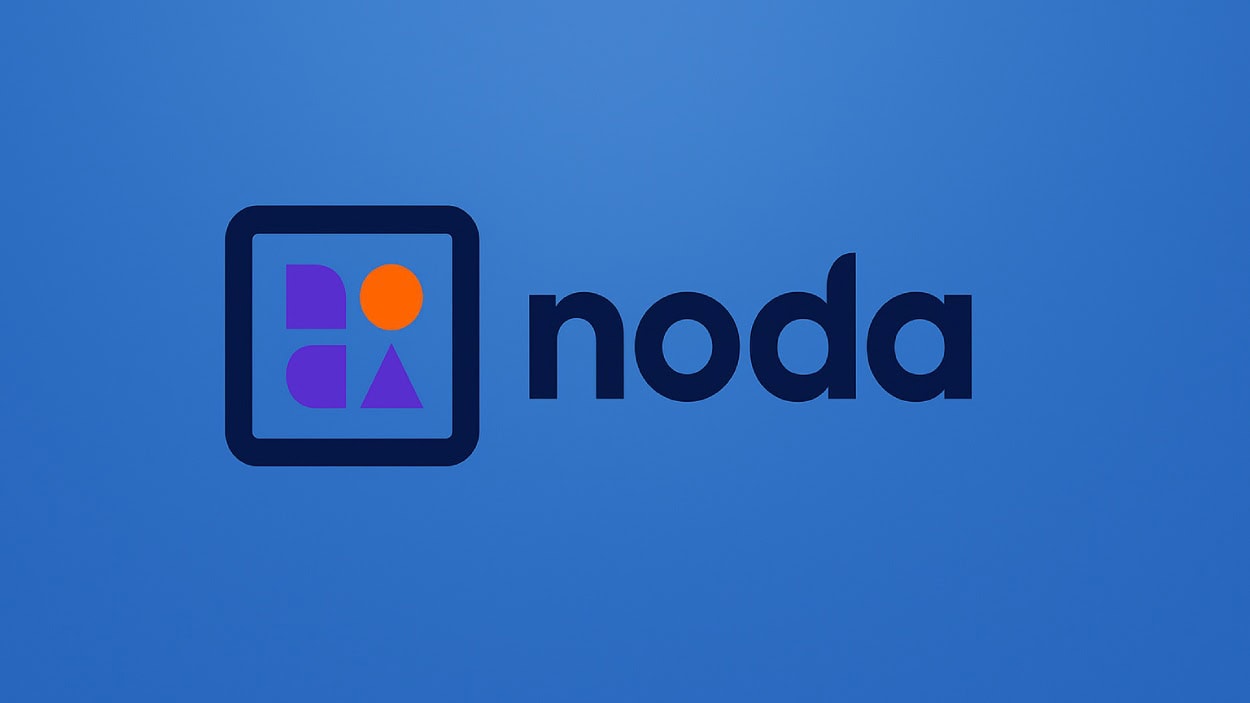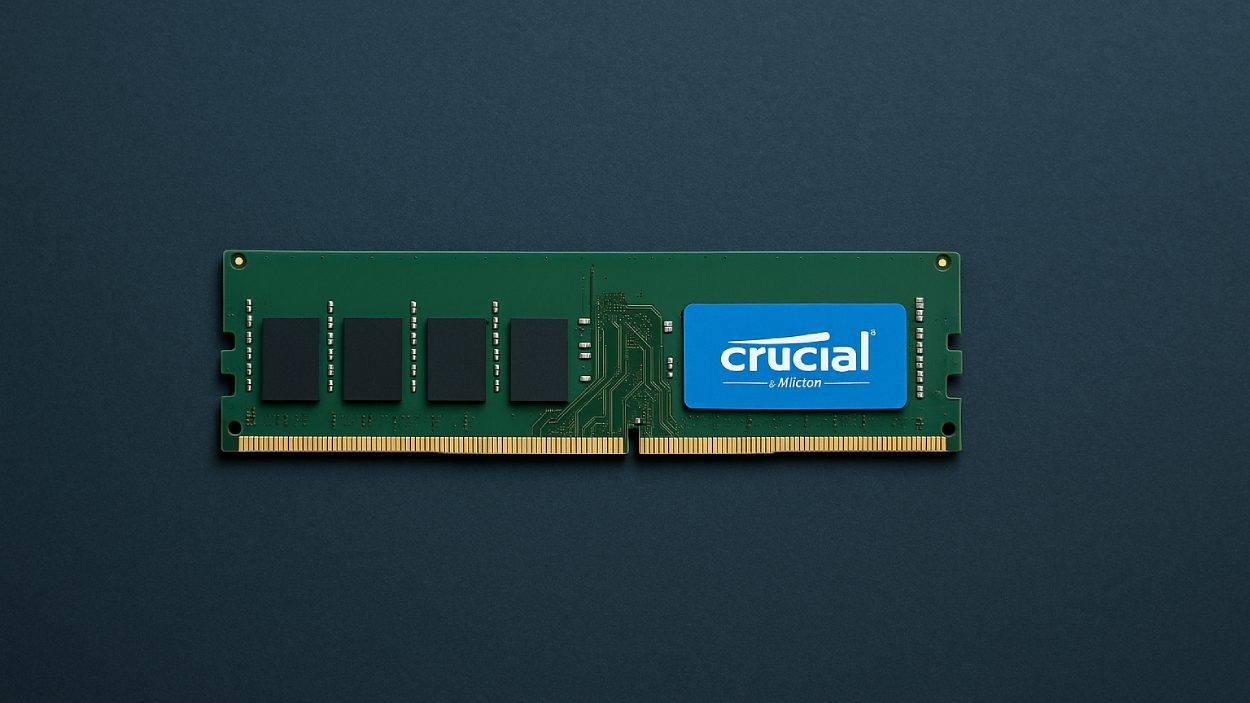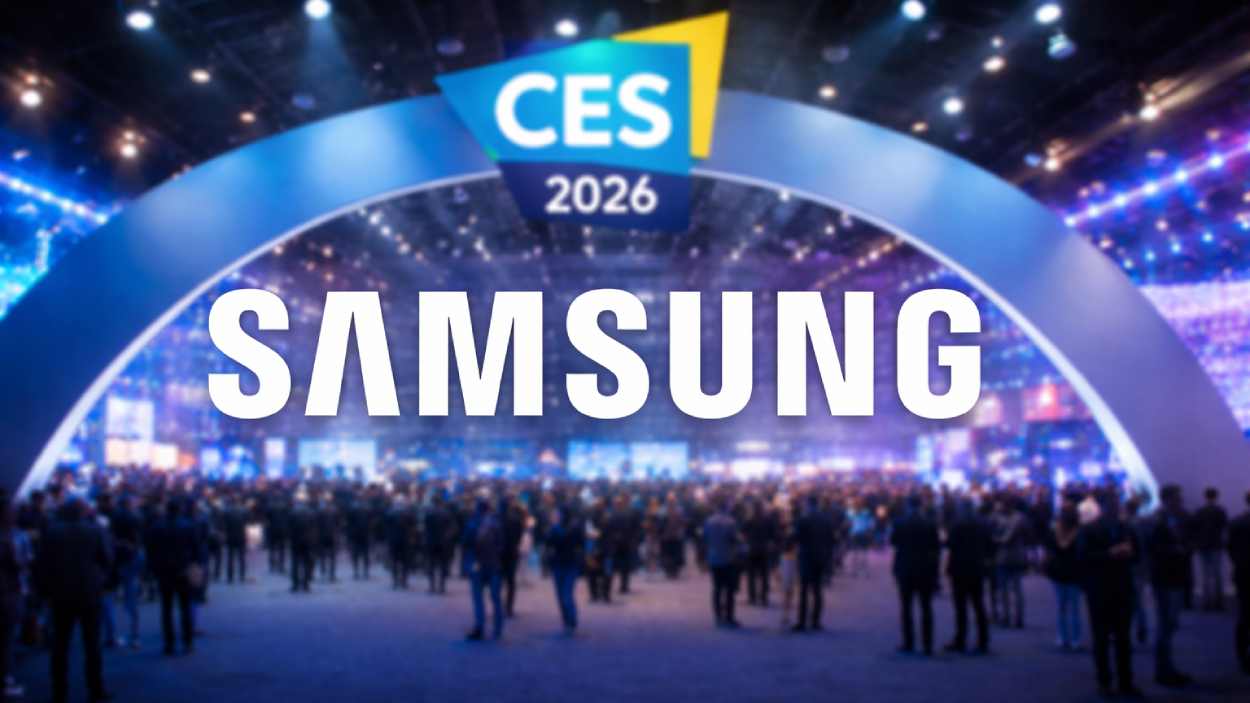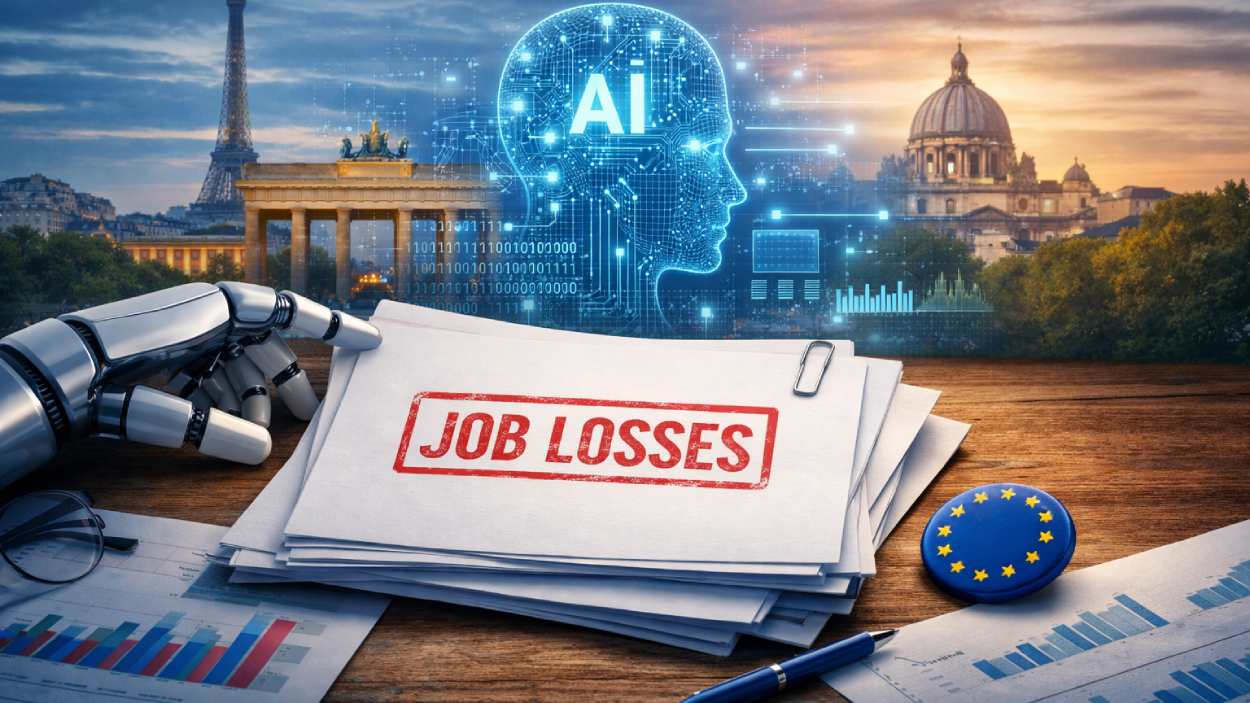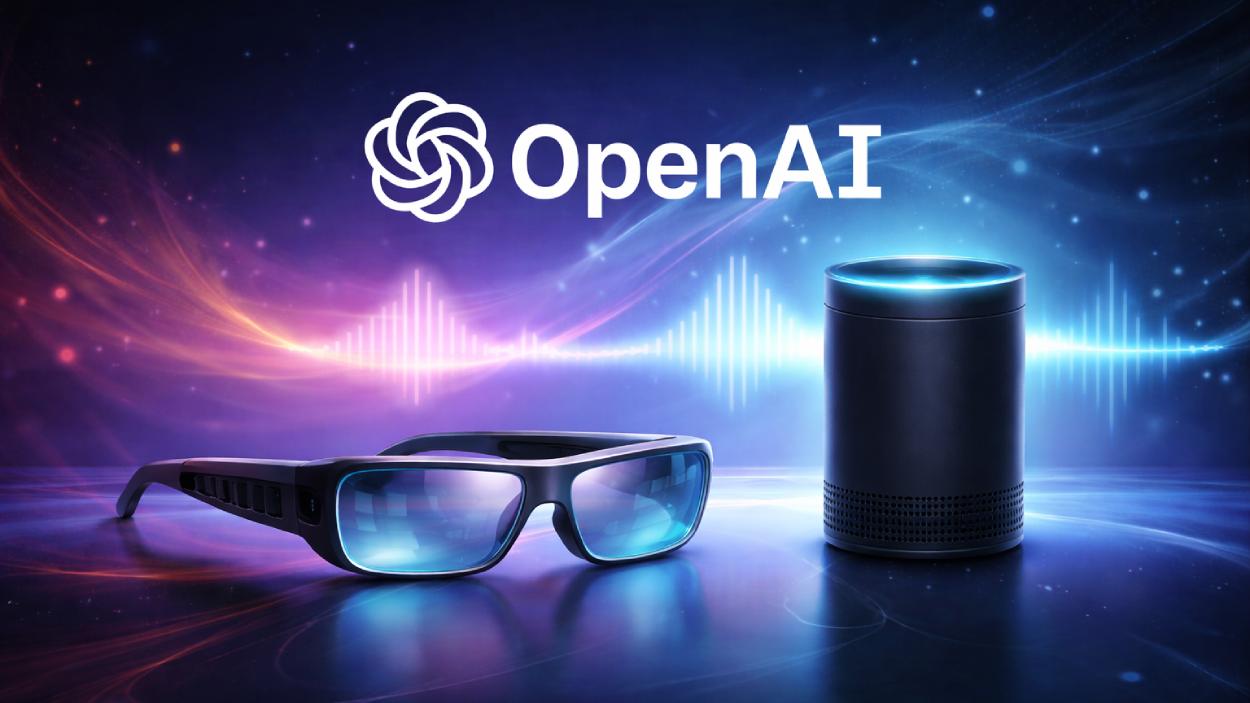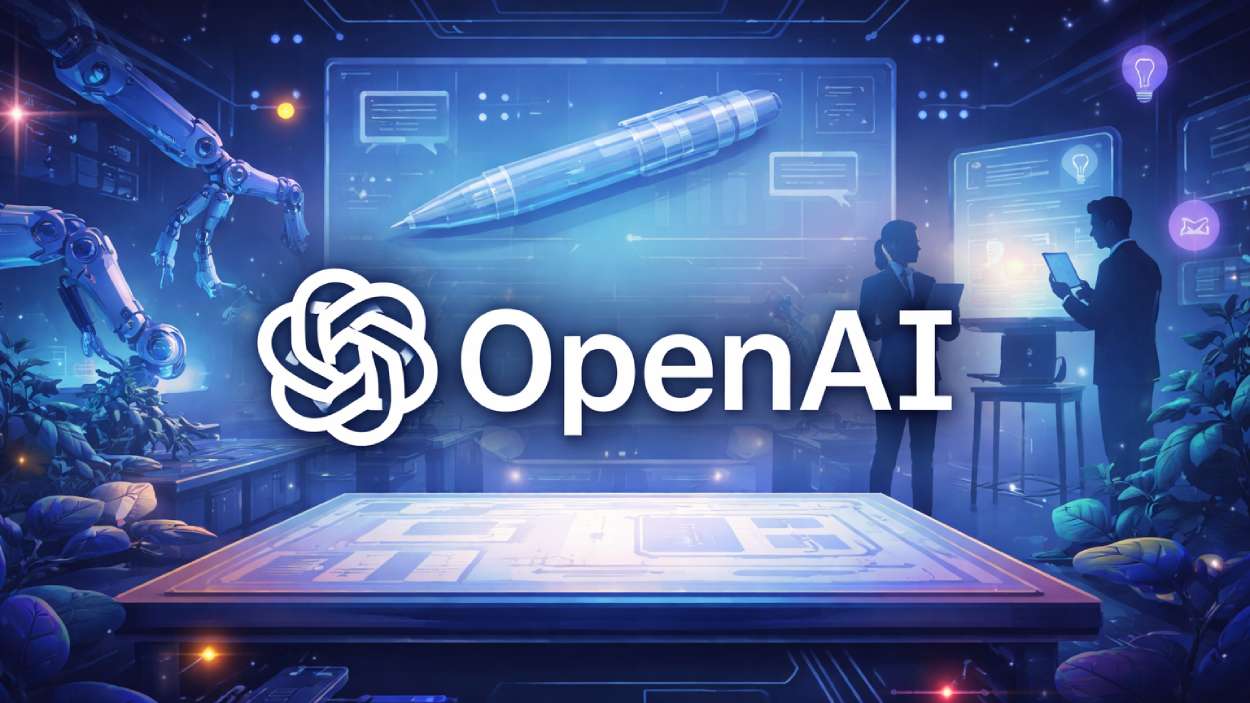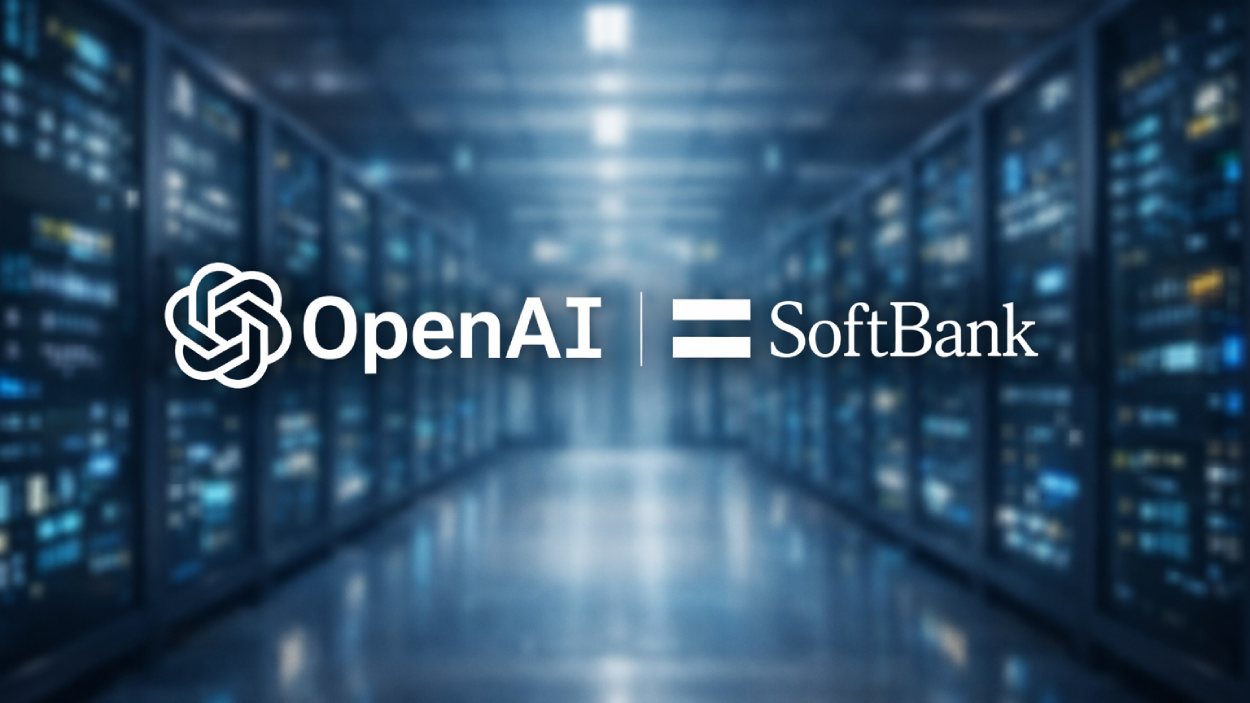OpenAI’s team has grown from a hand‑picked collective to a global force in AI innovation. Today, its expanding workforce supports breakthroughs like ChatGPT, GPT‑5, and new hardware initiatives. In business, companies integrate OpenAI models for automated customer support and content creation. In healthcare, researchers use its technology for diagnostics and patient care tools. These applications show how staffing levels directly influence innovation. Explore the full article to see how headcount numbers reflect OpenAI’s ambition and challenges.
How Many People Work At OpenAI?
- As of September 2024, the workforce stood at 3,531 employees, up from just 770 in November 2023, highlighting rapid expansion.
- As of July 2025, some sources estimate approximately 6,400 employees globally.
- A July report shows a more moderate figure: 2,659 total employees, marking a 45% increase from the prior year and 973 new hires to date.
- These differences underscore the challenge of getting consistent employee numbers in fast‑growing tech firms.
Recent Developments
- OpenAI granted million‑dollar retention bonuses to nearly 1,000 employees, about one‑third of its workforce, to counter rising poaching threats before its GPT‑5 launch.
- ChatGPT users surged from 400 million to about 800 million weekly actives in 2025, reflecting how workforce scale underpins platform growth.
- During peak hiring periods in late 2023 and early 2024, OpenAI reportedly onboarded up to 50 new employees per week, particularly in technical and research roles. This pace has since stabilized.
- OpenAI remains in the spotlight, navigating rising pressures on culture and management while scaling.
Number of Employees at OpenAI
- One reported figure as of September 2024: 3,531 employees, a substantial jump from previous years.
- More credible internal communications indicate a workforce of approximately 7,077, factoring in full-time, remote, and contract workers.
- A July 2025 analysis reports 2,659 employees, representing a 45% year‑over‑year increase and 973 new hires.
- An alternate July 2025 figure suggests 6,400 employees, pointing to the high variability in tracking headcount.
Growth of OpenAI’s Workforce
- From 770 employees (Nov 2023) to 3,531 (Sept 2024), a nearly 4.6× increase in under a year.
- Mid‑2025 data shows a 45% increase in staff, with 973 new hires, reflecting continued expansion.
- Historical trend: Early years featured modest growth, 10 in 2015, 45 by 2017, 250 by 2020, but growth exploded thereafter.
- One source’s yearly timeline: 2015 (10), 2016 (25), 2017 (45), 2018 (80), 2019 (150), 2020 (250), 2021 (300), 2022 (375), 2023 (770), 2024 (3,531).
Yearly OpenAI Headcount Timeline
- 2015: 10 employees.
- 2016: 25 employees.
- 2017: 45.
- 2018: 80.
- 2019: 150.
- 2020: 250.
- 2021: 300.
- 2022: 375.
- 2023: 770.
- 2024: 3,531.
- As of July 2025: 6,400.
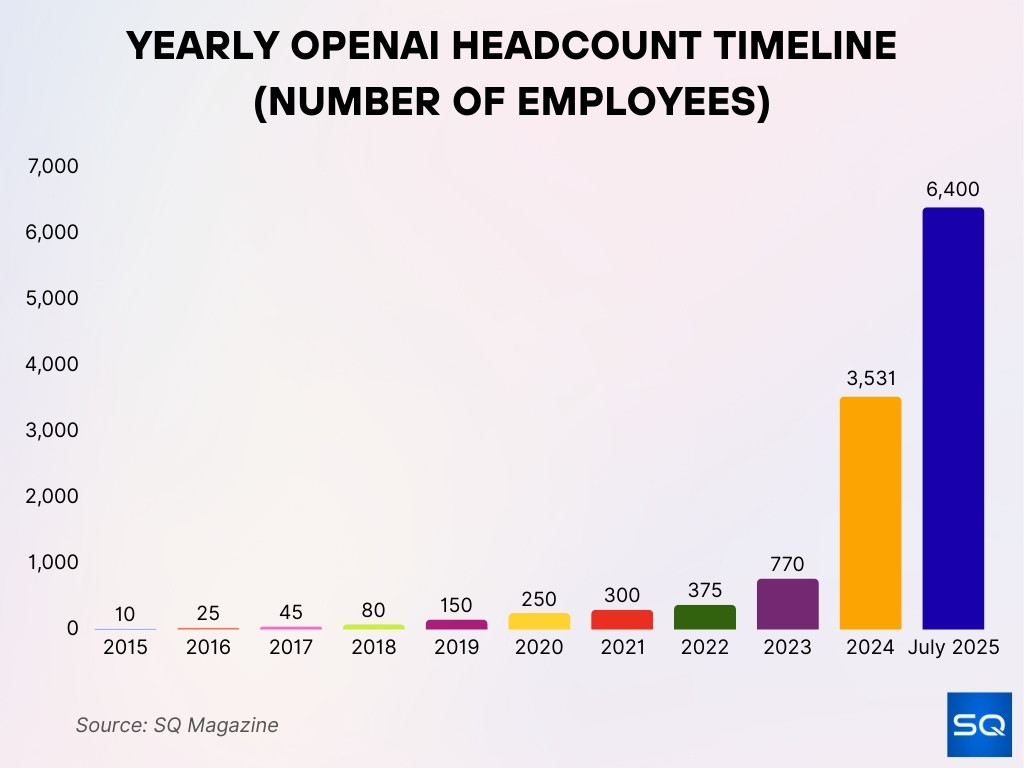
OpenAI Employee Breakdown by Department
- Approximately 1,199 engineers, representing 33.9% of the total team, work in engineering roles.
- About 32% of staff are dedicated to research or technical development as of 2025.
- One‑third of employees (around 1,000 people) across applied engineering, scaling, and safety got retention bonuses, showing the weight of those departments.
- OpenAI significantly expanded its lobbying team, from just 3 staff in 2022 to 35 in 2023, aiming for 50 by 2024.
- A former engineer recounts the focus on safety, with a robust safety team, though numbers weren’t disclosed.
- Roughly 150 technical and sales employees were added to support enterprise rollout, particularly through the Bain partnership.
- While not department details, we know OpenAI’s executive, product, compliance, finance, and C‑suite teams are expanding amid broader hiring.
OpenAI Employees by Location
- As of July 2025, roughly 1,198 employees are based in San Francisco, the primary hub.
- An additional 1,030 staff work remotely or at smaller satellite sites.
- New York hosts about 174, London 84, and Seattle 75 employees.
- Smaller offices exist in Los Angeles, Austin, Washington, DC, Dublin, and Singapore, though without reported figures.
- OpenAI maintains offices across 6 continents, including North America, Europe, and Asia.
- Tokyo is noted among the six open roles locations.
- The vast remote segment (over 1,000 employees) signals OpenAI’s flexible geography strategy.
Top Five Investors in OpenAI
- Microsoft holds 46% of OpenAI, making it the largest single investor.
- Founders Sam Altman and Greg Brockman control 25% of the company.
- Early investors, including venture capital firms, own 15% of OpenAI.
- Employees collectively hold 10% of company shares.
- Strategic partners and smaller investors account for 4% of ownership.
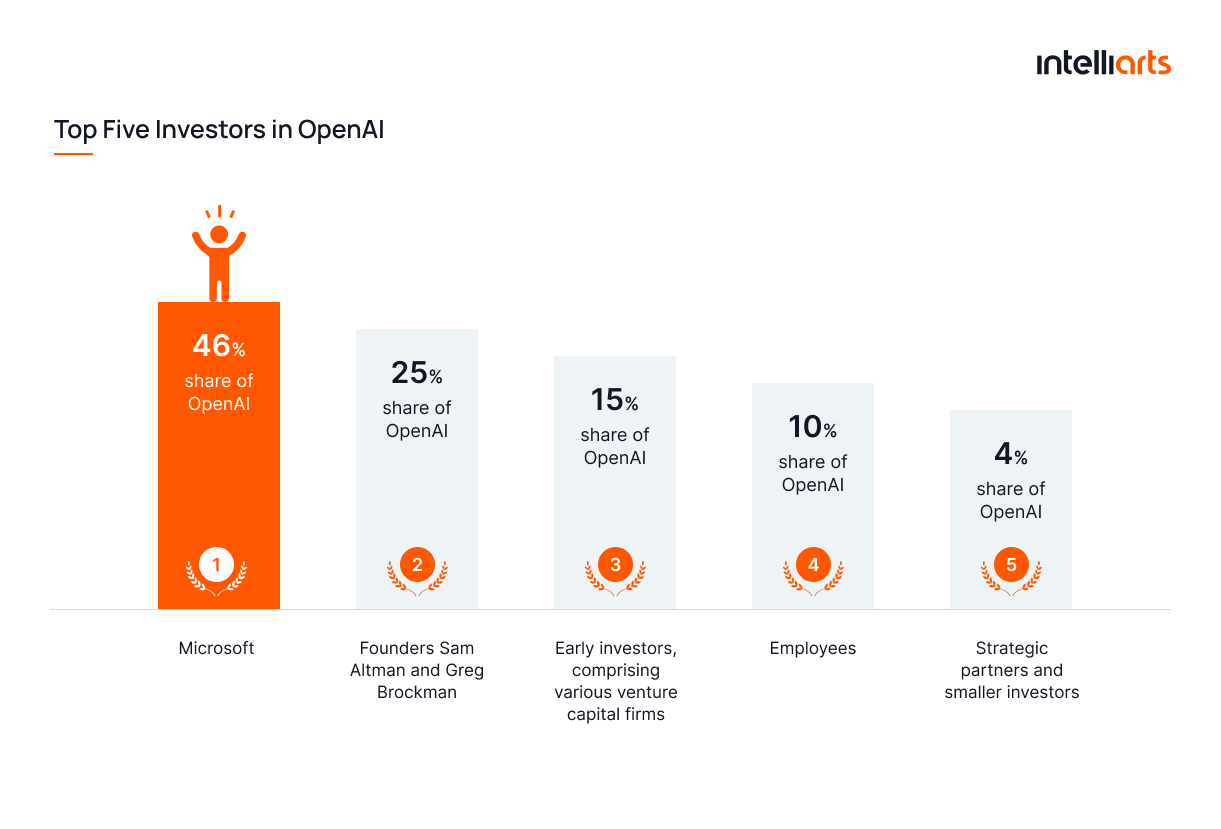
International Presence of OpenAI Staff
- Employees span at least 6 continents, reflecting global staffing.
- Offices in London, Dublin, and Singapore show an active presence in Europe and Asia.
- Tokyo joins as a new role location, expanding the footprint into East Asia.
- The large remote workforce (1,030+) enables global hiring beyond major hubs.
- In 2025 launched the OpenAI Academy in India, training one million teachers and supporting 50 startups with API credits.
- These engagements illustrate not just hiring, but regional impact and educational outreach in emerging markets.
OpenAI Executive Team
- Sam Altman, Chief Executive Officer.
- Greg Brockman, President and co-founder.
- Jakub Pachocki, Chief Scientist Officer.
- Brad Lightcap, Chief Operating Officer.
- Sarah Friar, Chief Financial Officer.
- Kevin Weil, Chief Product Officer.
- Mark Chen, Chief Research Officer.
- Scott Schools, Chief Compliance Officer.
- This executive lineup underscores a diverse C‑suite covering research, product, compliance, and operations.
OpenAI Model Performance
- In the AIME 2025 competition math, GPT-5 Pro (Python) achieved a perfect 100% accuracy with thinking.
- GPT-5 Pro (no tools) followed closely with 96.7% accuracy when thinking was enabled.
- Without thinking, GPT-5 (Python) reached 71.0% accuracy, while GPT-5 (no tools) dropped to 61.9%.
- OpenAI Q3 (Python) delivered 99.6% accuracy with thinking and 98.4% without thinking, showing strong consistency.
- OpenAI Q3 (no tools) scored 94.6% with thinking and 88.9% without thinking.
- GPT-4o (Python) trailed significantly at only 42.1% without thinking.
- In SWE-bench Verified software engineering, GPT-5 reached 74.9% accuracy with thinking and 52.8% without thinking.
- OpenAI Q3 achieved 69.1% with thinking, outperforming GPT-4o.
- GPT-4o recorded the lowest at 30.8% without thinking.
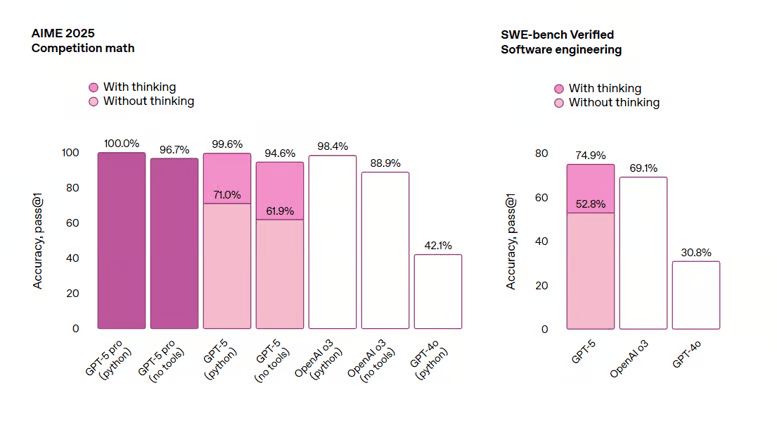
Key Functions and Job Categories
- Engineering roles make up roughly 34% of employees, with 1,199 engineers.
- Research and technical development roles account for 32% of staff.
- Safety, applied engineering, and scaling are substantial enough to warrant retention bonuses to a third of the workforce.
- Policy and lobbying gained strength via expansion from 3 to 35 staff in 2023.
- Enterprise sales and technical support increased through Bain-led hiring, with 150 new team members.
- Remote and satellite team members serve diverse functional needs across geographies.
- Educational outreach and nonprofit efforts, such as in India, indicate growth in community programs and API support.
Employee Retention and Compensation
- OpenAI awarded one-time retention bonuses to about 1,000 employees, amounting to roughly one-third of its workforce in 2025.
- Bonuses ranged from hundreds of thousands of dollars to mid‑single‑million figures, depending on role and seniority.
- In August 2025, new grads and new hires in technical roles received $300,000 bonuses vesting over two years, while senior technical staff could get up to $1.5 million, possibly more.
- OpenAI also allowed employees to sell approximately $6 billion in shares, part of a broader valuation and retention push.
- This equity monetization strategy follows a reported $500 billion company valuation, highlighting executive-driven retention tactics.
- The AI industry faces intense competition for talent, with packages reaching up to $20 million annually for elite researchers, a trend OpenAI is responding to.
- Additional cultural retention responses include a rare company-wide week-long shutdown, allowing employees to rest after extended 80-hour workweeks.
Traffic Sources Driving OpenAI.com
- Direct traffic contributes 88.16%, showing the strong brand recognition and user intent.
- Organic search generates 10.11%, highlighting the role of search visibility in attracting visitors.
- Social media accounts for only 0.87%, indicating limited reliance on platforms like Twitter or LinkedIn.
- Email traffic is 0.53%, a relatively small share compared to direct and search.
- Referral traffic makes up 0.32%, suggesting fewer external website links are driving users.
- Other sources add just 0.01%, showing a negligible impact from alternative channels.
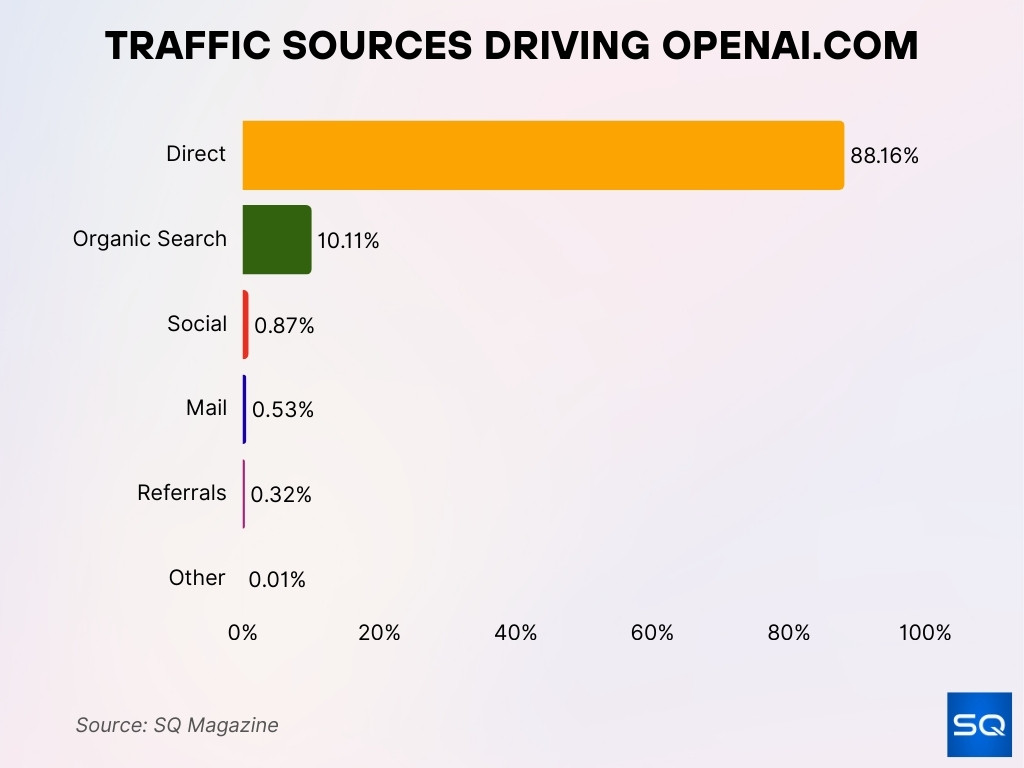
OpenAI Workforce Educational Background
- OpenAI’s leadership reflects top-tier academic credentials: CFO Sarah Friar holds an MEng from Oxford and an MBA from Stanford.
- Chief Scientist Jakub Pachocki earned his PhD from Carnegie Mellon University, following a competitive programming background.
- CTO Mira Murati holds dual bachelor’s degrees from Colby College (BA) and Dartmouth College (BE).
- VP of Global Impact Anna Makanju has a Law degree from Stanford Law School, with prior undergraduate work in linguistics and French.
- These academic profiles highlight the organization’s emphasis on advanced technical and strategic leadership credentials.
- Broader employee data isn’t publicly available, but given OpenAI’s hiring patterns, engineering and research staff likely hold bachelor’s degrees or higher in relevant disciplines.
- OpenAI prioritizes curiosity and adaptability over formal credentials in recruitment, valuing agency over PhDs in many cases.
Diversity of Roles at OpenAI
- The workforce spans engineering, research, safety, scaling, applied engineering, policy, enterprise sales, education, and global impact teams.
- Retention bonuses were specifically targeted at technical research and engineering teams.
- Policy and lobbying staff grew from 3 to 35 members between 2022 and 2023, signaling expanded non-technical functions.
- Global impact roles, such as the OpenAI Academy in India, show growth in programmatic and educational functions.
- Executive functions span research, compliance, finance, product, policy, and global affairs, showcasing leadership diversity.
- The company emphasizes initiative, collaboration, and mission alignment across functions, not just technical skill sets.
- Roles extend into enterprise and customer operations, supporting large-scale deployment and support workflows.
Discrepancies & Reporting Challenges
- Numbers vary, 3,531 employees as of September 2024 versus estimates of up to 6,400 in 2025, exposing data inconsistency.
- Some sources report as few as 500 employees, clearly anomalous given other data.
- Bonus communications refer to a total workforce of around 7,077 in 2025, though headcount tracking still shows variance.
- The rapid pace of growth, equity sales, and remote staffing makes precise tracking difficult.
- Retention figures differ depending on whether they count active, on-site, remote, or satellite teams.
- Executive exits and reorgs, like CTO departures, further complicate internal changes and reporting timelines.
- For readers, it’s useful to treat all numbers as estimates that evolve with the company’s fluid staffing strategies.
Implications of Rapid Growth
- Such rapid workforce expansion funded breakthroughs, enabling the development of GPT-4, ChatGPT, and GPT‑5.
- High retention compensation reflects proactive measures against talent poaching and intense industry competition.
- Equity monetization (stock sales, valuation) helps maintain morale and reward long-term contributors.
- The growing lobbying and global impact teams highlight OpenAI’s shift from pure research to policy, regulatory, and educational leadership.
- Emphasis on diversity of roles and hiring across functions supports resilience in deployment and mission.
- Cultural changes, like retention bonuses and rest periods, aim to sustain fast-paced innovation while protecting team health.
- Finally, such a scale raises expectations. OpenAI must balance agility and long-term sustainability as the AI sector matures.
Conclusion
OpenAI’s workforce reflects rapid scaling, deepening organizational complexity, and strategic foresight. Strong retention mechanisms, from multi-million-dollar bonuses to stock liquidity options, highlight how critical human capital remains in this AI era. The talent base is richly varied in roles, from research and development to policy and global education. Leadership teams hold advanced degrees, but the company prioritizes curiosity and initiative above formal credentials. Mixed headcount figures serve as a reminder of the challenges in tracking a fast-moving company. Still, what stands clear is OpenAI’s ambition to reshape what AI can be through both innovation and infrastructure. For readers watching the evolution of AI’s most influential player, these numbers tell a story of power, scale, and pivotal decision-making.

